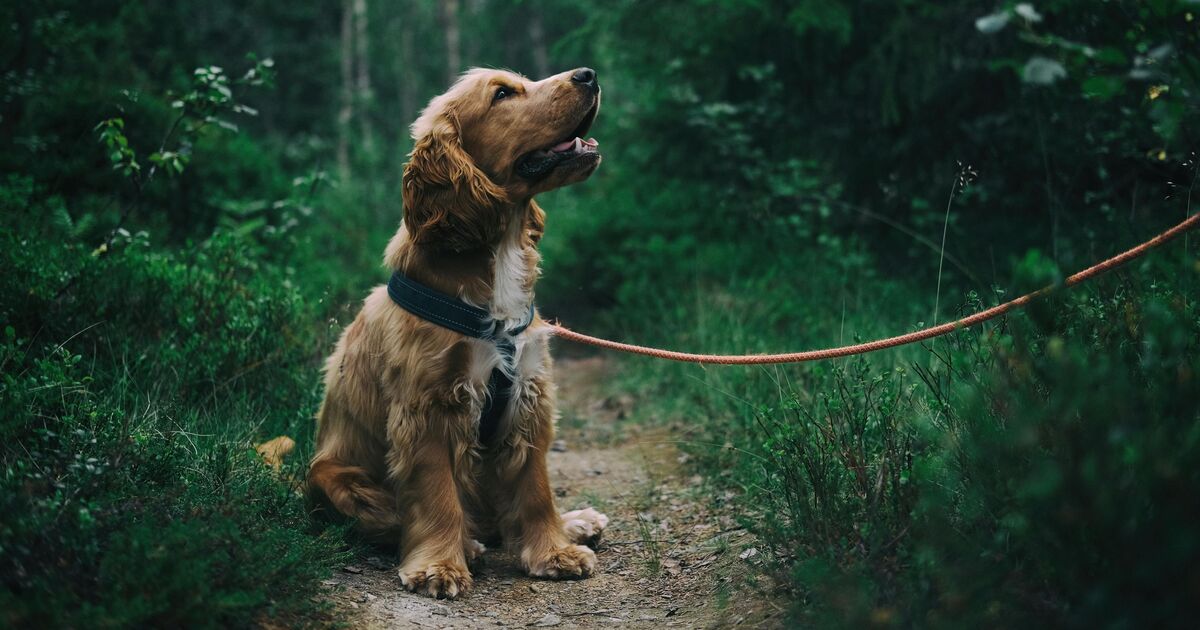A new law, the Pet Abduction Act 2024, is set to come into effect from this Saturday, August 24. Under this act, anyone found guilty of pet theft in England or Northern Ireland could face up to five years in prison, a fine, or both.
The Government has said that this new law recognises cats and dogs as sentient beings, not mere objects, capable of experiencing distress and emotional trauma when stolen from their owners or keepers. The Pet Theft Taskforce’s evidence suggests that around 2,000 dog thefts and more than 400 cat theft crimes were reported to the police in 2020, causing significant distress for both pets and their owners.
Given that an estimated 28% of UK adults own a dog and 24% own a cat, pet theft is a major public concern, the Government said when the law received Royal Assent in May this year.
The Government further added: “Support for the Act builds upon wider action to protect pets from theft, including making the microchipping of cats compulsory from June 10, 2024. This makes it easier for lost, stray or stolen pets to be reunited with their owners and returned home safely.”
Previously, despite the distress caused by having a dog stolen, pet theft was not considered a specific crime and was treated similarly to the theft of household items such as phones and bikes. From Saturday, anyone found guilty of stealing a dog in England or Northern Ireland will face up to five years in prison, a fine, or both, reports Lancs Live.
The experts at VetHelpDirect.com have provided advice on how to safeguard your dog from theft and the steps to take if your pet is stolen.
Ensure your home and garden are secure – It’s crucial to keep all doors locked, even when you’re at home. Strengthen your garden gate with a robust padlock where feasible, and ensure the perimeter is secure.
Front gardens are particularly accessible for criminals, so unless the area can be secured, don’t leave your dog unattended in the garden. CCTV and floodlights also serve as effective deterrents.
Mix up your walks – Aim to change the route or timing of your walks to avoid predictability. Walking with friends or in crowded areas provides an additional deterrent.
Exercise caution when posting on social media – While we all love showcasing our dogs on social media, it’s important not to reveal too much information, such as your address or favourite walking spot.
Never leave your dog unattended – Whether it’s outside a shop, in your car or during a walk, opportunistic thieves could be lurking. This includes keeping your dog within sight at all times during a walk.
If they don’t respond well to recall commands, keep them on a lead until this improves.
Ensure your dog is identifiable – It’s a legal requirement for all dogs to be microchipped by the time they’re 8 weeks old. They must also wear a collar with a tag when outside the home, displaying your name and address.
Additional useful information for the tag includes a phone number, ‘I’m chipped’ and ‘I’m neutered’. These details may help to deter potential thieves.
You might also want to consider investing in a GPS tracker for your pet.
Maintain current photos of your pet – It’s advisable to have recent photos of your dog, including close-ups of any unique features. These will be beneficial if the worst happens, and you need to publicise your pet as missing or stolen.
Consider neutering your pet – Pets are frequently stolen for puppy farming, as thieves can profit even more from one animal by breeding from them. Neutering your pet may discourage thieves, particularly if you include this information on their collar.
What should I do if my dog is stolen?
- Report the theft to the police as soon as possible, giving a detailed description to help with identification
- You should also report it to the local council or dog wardenContact the microchip company to mark your pet as stolen, in case anyone tries to take them to a vet
- It’s also a good idea to contact missing pet companies, local vets and use social media to advertise your dog as missing
- The Metropolitan Police and Crimestoppers provide useful information on their websites about what to do if your dog is stolen











